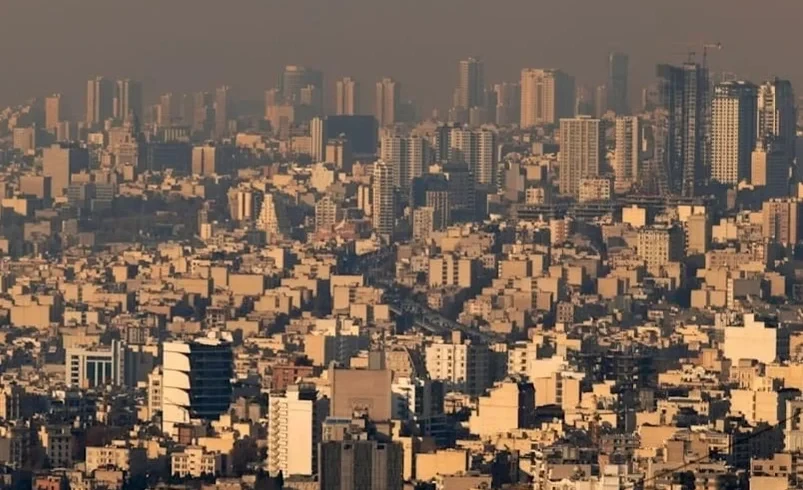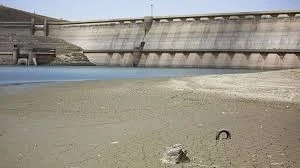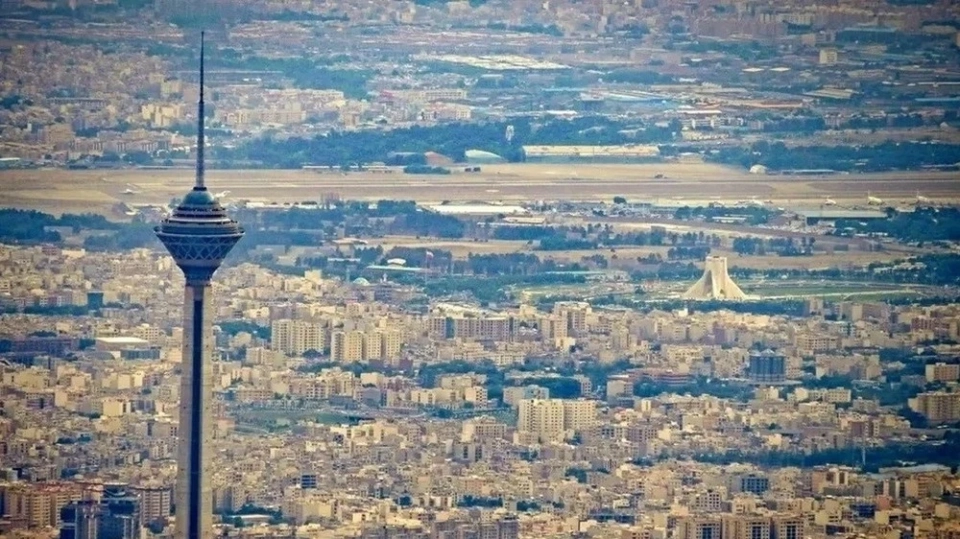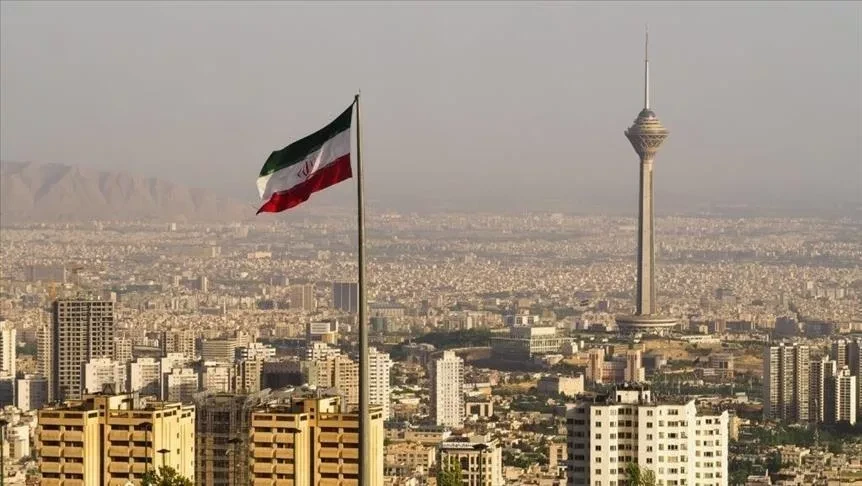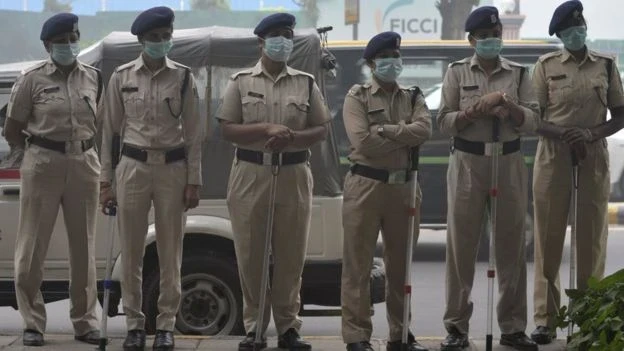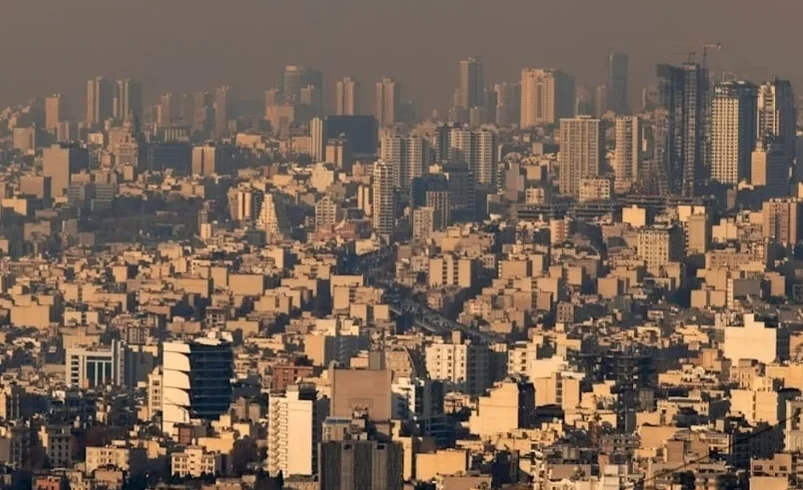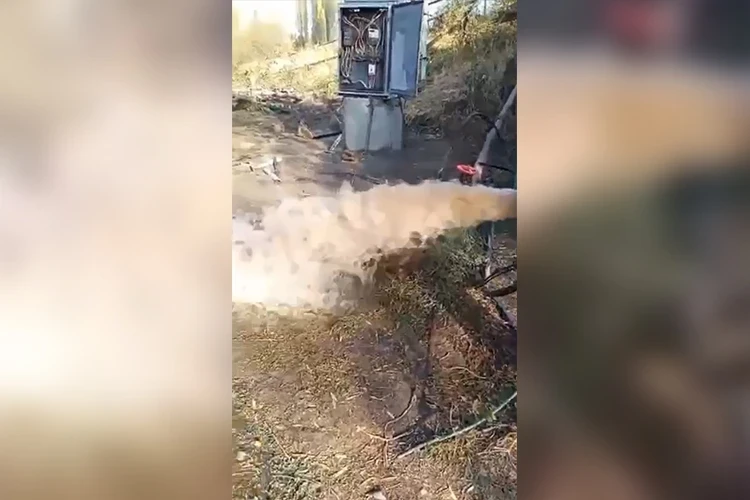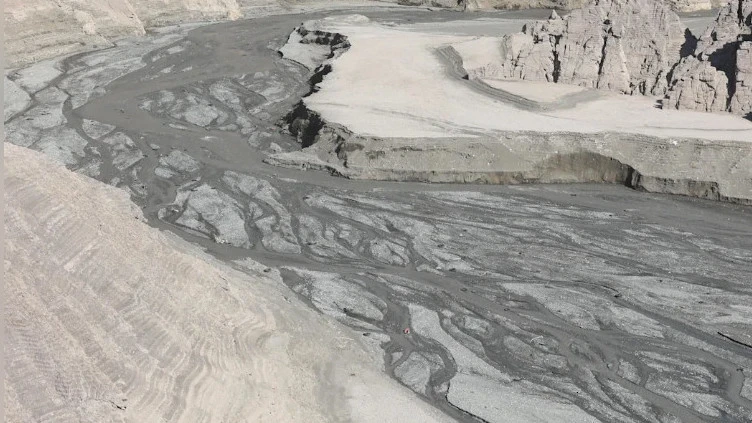
Due to a sharp decrease in precipitation by 89% compared to average levels, this autumn has become the driest in Iran in the last 50 years, reported the National Weather Forecasting Center. According to information from IRNA, cloud seeding is being carried out using planes equipped with special equipment in the area of the Urmia Lake basin in the northwest of the country.
Further operations are planned to be conducted in West and East Azerbaijan, which are near the lake and border the Republic of Azerbaijan.
This technology has been used in Iran for a long time, where chemicals are sprayed into clouds to stimulate rainfall.
The situation is exacerbated by a five-year drought, which has become one of the most severe in Iran's history. As a result, key reservoirs are being depleted, and authorities are trying to limit water consumption, while the population is forced to conserve every drop to avoid disaster.
Two decades ago, Urmia Lake was the largest in the region, and its economy thrived due to a tourist infrastructure. Currently, boats are rusting and sitting on dried shores that are turning into salt flats.
Climate change significantly worsens an already complex situation.
According to state Iranian television Press TV, the acute water crisis raises concerns about providing drinking water even to major cities, including Tehran.
As reported by IRNA, the head of the National Cloud Seeding Research Center, Mohammad Mehdi Javadian-Zadeh, stated that operations will continue until mid-May, including the use of both aircraft and drones when the appropriate systems are available.
“Since Iran is located in a dry region and needs renewable water resources, cloud seeding will be carried out to increase precipitation in various watersheds,” added Javadian-Zadeh.

